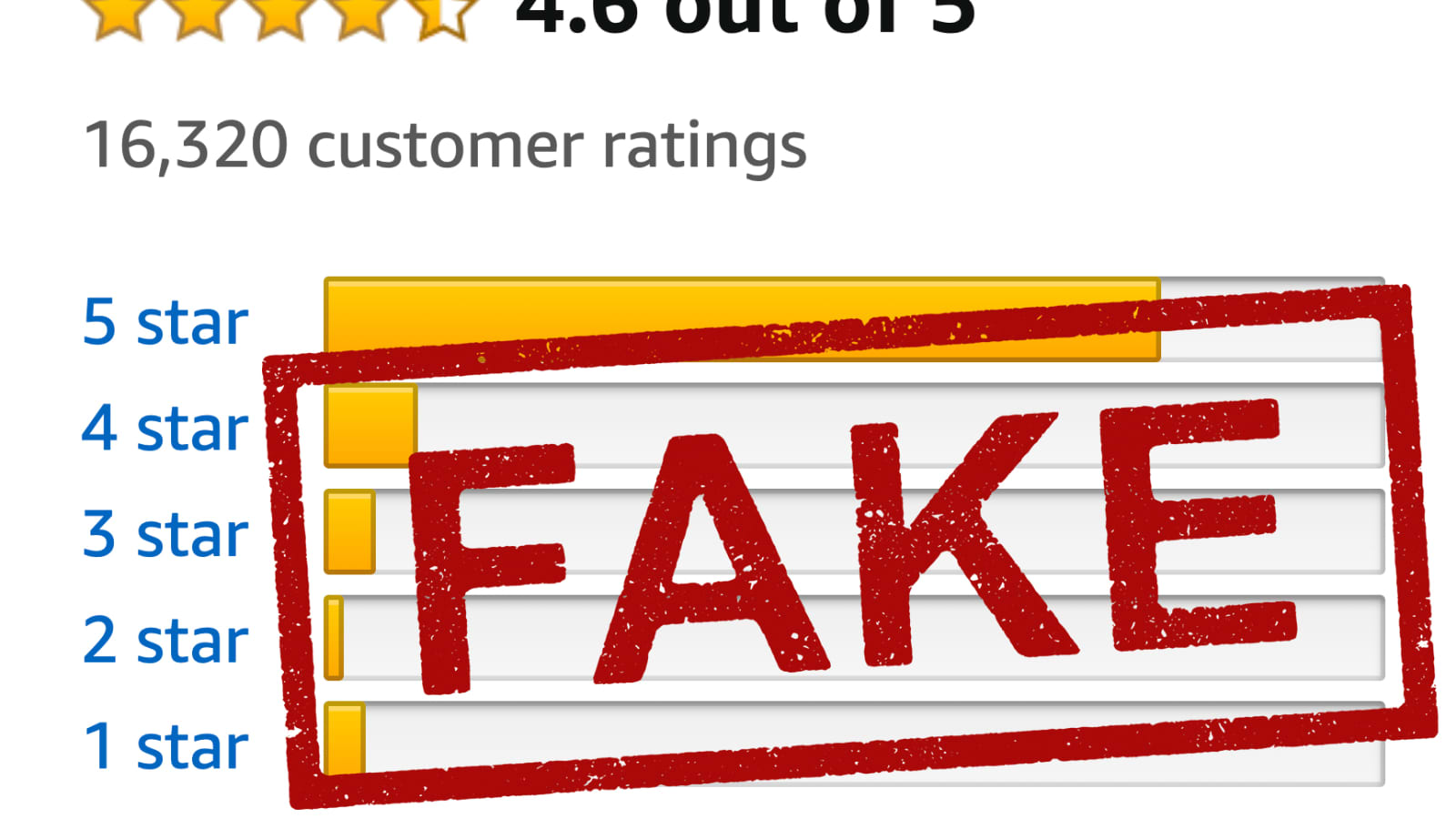
Two weeks ago, I received what appeared to be a postcard from Amazon, only to discover it was from a third-party seller operating on the platform. Intrigued, I read their offer: in exchange for posting a 5-star review on a modest €10 ($10.82 USD) oil sprayer, they would send me €20 ($21.65 USD) via PayPal. It seemed like a straightforward transaction—write a positive review, send proof, and receive payment.
Following their instructions, I quickly wrote up the review and submitted it. True to their word, within two days, my review was live on the product page. I then emailed them a screenshot of my published review and my PayPal details. In just a couple of hours, I received a payment notification from China, depositing €21.60 ($23.38 USD) into my account, covering not only the promised amount but also the PayPal transaction fees.
Curious about the sender’s identity, I checked the PayPal transaction details, but all I found were Chinese characters indicating the sender’s location in Shenzhen—a major industrial city known for global manufacturing. This anonymity raised concerns about the seller’s authenticity and their methods of soliciting reviews outside of Amazon’s scrutiny.
Amazon acknowledges the pervasive issue of fake reviews but struggles to contain it effectively. While they urge users to report suspicious activities and promise investigation and action, products like the oil sprayer in question continue to accumulate nearly 100 new 5-star ratings, highlighting ongoing challenges in maintaining review integrity.
Despite Amazon’s efforts—including an annual investment of over $700 million to combat fake reviews—shoppers must remain vigilant. When navigating product reviews, it’s crucial to look beyond star ratings. I’ve learned to prioritize critical 1-star and 2-star reviews for balanced perspectives, particularly noting consistent complaints or issues. Suspiciously high volumes of positive reviews within a short timeframe should also raise red flags, prompting closer scrutiny of product listings and seller practices across Amazon.
As consumers, it’s essential to supplement Amazon reviews with external research and credible sources. Seek out user experiences on forums, social media groups, and trusted review websites to gain a more comprehensive understanding before making purchasing decisions, especially as events like Amazon Prime Day approach—times when sellers may intensify efforts to manipulate reviews for increased sales.




